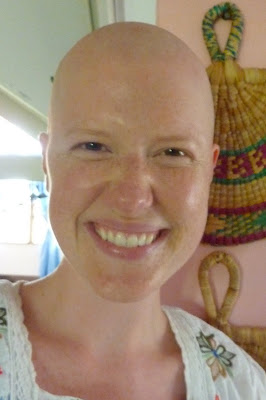Transplanting
This week I employed an age-old technique called transplanting—taking a small clump of dirt, housing a seedling of a plant or tree, and transferring it to the ground or garden. It is an effective method of giving plants a head start when the climatic elements are unfavorable (e.g., starting hot-weather plants when it is still too cold outside to plant and transplanting when the temperature warms), ensuring that only the healthy and well-formed plants are planted in the garden, or nurturing tree seedlings until they are big enough in size to survive in an outdoor, uncontrolled setting. Generally, in the case of transplanting plant seedlings, one takes the plastic potting tray of individual cups filled with dirt and the seedling (or some method where the soil remains with the seedling), remove the seedling along with the dirt, and place it carefully into a hole prepared for the transplant. The roots sometimes take time to adjust and may go into “transplant shock;” but if done well, the plant will survive in its new home without any trouble.
 |
| My brassica (cabbage-family) plant, possibly kholrabi, has perfectly adjusted without damage. |
I employed this method for a few of my transplants (basil,
dill, strawberry plants and an unknown brassica—cabbage family), and they have all
survived beautifully; however, I transplanted the remaining of my plants (red
and green cabbage, swiss chard, beets, onions, turnips and lettuce) using a
version of transplanting I had never seen before.
 |
| Beet and onion seedlings in need of transplanting |
I received the seedlings in a
plastic-wrapped bundle with a little dirt keeping them all together; they did
not have a soil cushion around them. When I transplanted them, they almost
instantly wilted and looked as if they had died. I was so sad!
 |
| The wilted transplanted swiss chard plants |
 |
| These swiss chard leaves are dead or dying but the center is still alive. |
As I was in the garden transplanting, I thought of how
people experience transplant shock. I think this phrase most aptly describes
what happens when someone is displaced from one familiar situation to a foreign
situation, whether abroad or within the context of any emotional and/or
environmental change. I have observed that people like routine and enjoy the
familiar. We establish roots wherever we are. When those roots are
disrupted—our relationships change, our jobs change, our place of residence
changes, someone close to us dies, we travel abroad for an extended period of
time, etc. —we are planted into a new situation, like my plants and their clump
of dirt finally joining the garden.
As our disrupted roots uncoil to accept the new expanse of
territory, there is an adjustment period. Some people undergo so much suffering
in trying to establish themselves in their new context that it might seem as if
all is lost. Others are transplanted from one reality to the next with no
visible problems, where the transplant shock is minimal and easily overcome.
What I realized is that whether the road to adjustment is fraught with much
difficulty or paved with ease, what matters is continued to growth.
 |
| Avocado Tree---the farm has about 500 avocado trees. |




Comments